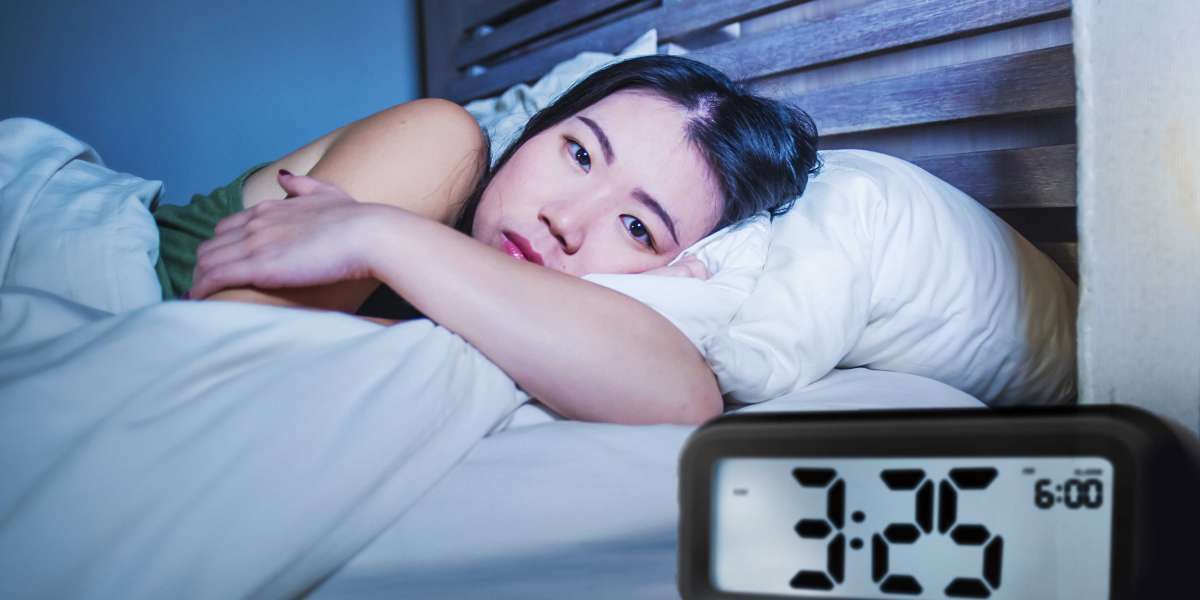Anxiety disorders effect millions of people around the world, regardless of age, gender, or background, making them one of the most common mental health problems. Normal human behavior includes occasional anxiety. Anxiety disorders, on the other hand, involve excessive and ongoing fear and worry that can make it very hard to go about daily life. The goal of this piece is to talk about the different kinds of anxiety disorders, their symptoms, and the different ways they can be treated.
Different kinds of anxiety disorders
Generalized Anxiety Disorder (GAD):
People with GAD worry too much and too often about many things in their lives, like work, health, family, money, or other things. It can be hard for people with GAD to control their worrying, which can cause physical signs like muscle tension, tiredness, irritability, and trouble focusing.
Panic Disorder:
People with panic disorder have sudden, intense panic attacks that happen out of the blue. These attacks are defined by intense fear or pain. Heart palpitations, sweating, trembling, shortness of breath, and a sense that bad things are about to happen are all signs that can come along with these attacks. People with panic disorder often avoid things because they are afraid of having another attack.
Social Anxiety Disorder (SAD):
People with SAD, which is also called social phobia, are very afraid of being around other people and being watched. People with SAD may avoid social events, public speech, and places where they think they might be judged. People with social anxiety may experience physical signs like flushing, sweating, shaking, and feeling sick.
Specific Phobias:
People with specific phobias are excessively and irrationally afraid of certain things, events, or activities. Some common phobias are being afraid of spiders, flying, needles, heights, and small places. When exposed to the phobic trigger, people often feel very anxious and avoid it.
Obsessive-Compulsive Disorder (OCD):
People with OCD have persistent, unwanted thoughts (obsessions) and do the same mental or physical actions over and over again (compulsions) to ease their discomfort or stop something they fear will happen. Some common obsessions are fear of germs, order, or harm, and some common compulsions are cleaning, checking, or counting too much.
Post-Traumatic Stress Disorder (PTSD):
PTSD can happen after going through or seeing something traumatic, like war, a natural disaster, or an attack. Some of the symptoms are flashbacks, dreams, unwanted thoughts, being very alert, avoiding things that remind them of the trauma, and feeling emotionally numb.
Symptoms of Anxiety Disorders:
Depending on the type of anxiety disorder, the following are some of the most common signs:
Fear or worry that won't go away
Getting antsy or feeling on edge
Getting angry
having trouble focusing
Tension in muscles
Weakness
Having trouble sleeping
Attacks of panic
Doing things to avoid
Thoughts that bother you
Having compulsive traits
Possible Treatments:
1. Therapy for mental health:
Cognitive-behavioral therapy (CBT), in particular, is a popular and useful way to treat anxiety disorders. Cognitive behavioral therapy (CBT) teaches people how to deal with stress and worry and breaks down irrational thoughts and beliefs that make them feel bad.
2. Medication:
Antidepressants, especially selective serotonin reuptake inhibitors (SSRIs) and serotonin-norepinephrine reuptake inhibitors (SNRIs), are often given to people with anxiety conditions to help them deal with their symptoms. These medicines help control hormones that help keep your mood in check and can help your symptoms get better over time.
3. Changes to your lifestyle:
Healthy habits like regular exercise, getting enough sleep, eating a healthy diet, and learning how to deal with stress can help a lot with lowering anxiety symptoms. Mindfulness meditation, yoga, and relaxation techniques can also help your mental health.
4. Support Groups:
People can feel like they belong and be understood by others when they join support groups or peer support networks. Talking about your problems with people who understand can help you feel less alone and give you useful ways to deal with them.
5. Alternative treatments:
Acupuncture, massage therapy, herbal supplements, and aromatherapy are some alternative treatments that can help people with anxiety. There is mixed evidence about how well these methods work, but for some people, they may work better with traditional treatments.
Self-Help Strategies:
People can take control of their anxiety symptoms on their own by using self-help strategies like writing in a journal, deep breathing exercises, progressive muscle relaxation, and mindfulness methods. Getting a variety of coping skills can help you be more resilient and lessen the effects of worry on your daily life.
In conclusion,
Anxiety disorders are complicated mental illnesses that can make a person's life a lot worse if they don't get help. People can manage their symptoms and live full lives, though, with the help of successful treatments like psychotherapy, medication, lifestyle changes, support groups, and self-help techniques. To get over worry and regain mental health, it's important to get professional help and support from friends and family. Remember that you can always get help and that you are not alone.



